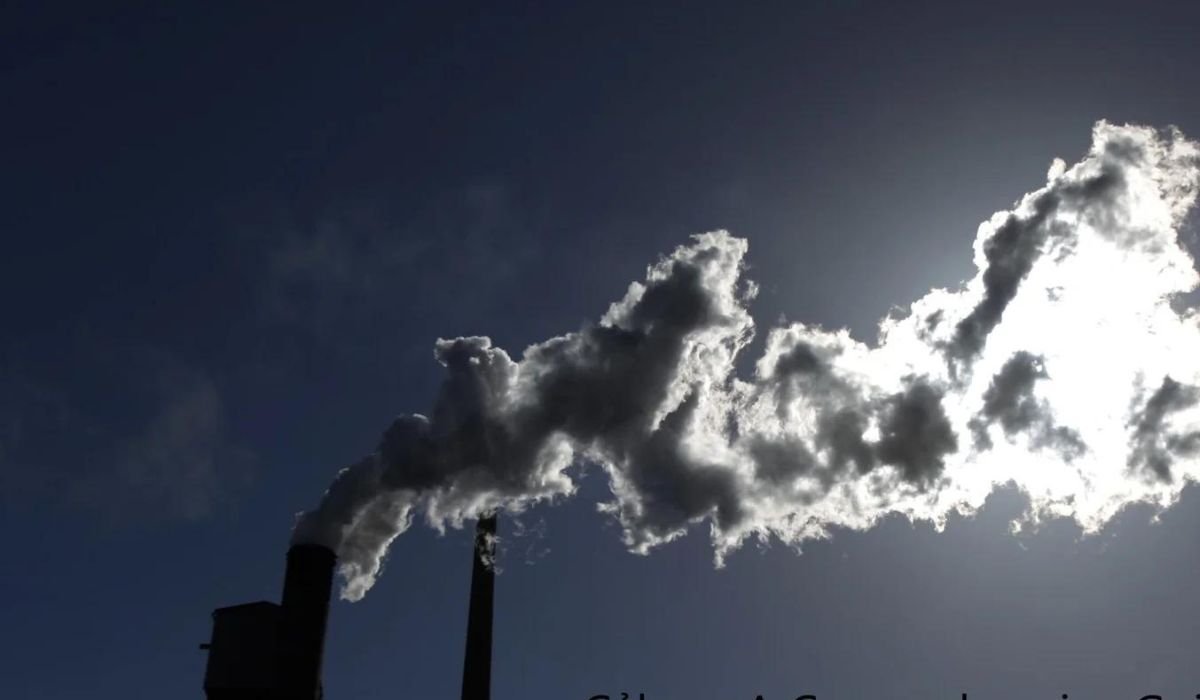Introduction
Did you know that carbon is the fourth most abundant element in the universe by mass? From the air we breathe to the food we eat, carbon plays a vital role in countless aspects of our lives. As a fundamental element, carbon’s versatility shapes our environment, fuels our industries, and forms the building blocks of life itself.”cảbon”
Thesis
Carbon’s significance extends beyond its basic properties; it is a cornerstone of organic chemistry, a key player in environmental systems, and a critical component in various technologies. This article will explore carbon’s role in the periodic table, its applications in organic chemistry, its impact on the environment, its uses in industry and technology, and its cultural significance.
Overview
We will cover:
- Carbon’s place in the periodic table, including its atomic structure and allotropes
- The importance of carbon in organic chemistry and its role in biomolecules
- The carbon cycle and its implications for climate change
- The use of carbon in industry and technology, including fossil fuels and advanced materials
- Carbon’s cultural and symbolic significance in art and literature
Section 1: Carbon’s Place in the Periodic Table
Atomic Structure
Carbon (C) is located in group 14 of the periodic table and has an atomic number of 6. Its atomic structure consists of 6 protons and 6 electrons, with an electron configuration of 1s² 2s² 2p². This configuration allows carbon to form four covalent bonds, making it incredibly versatile in forming compounds.
Allotropes
Carbon exists in several allotropes, each with distinct properties:
- Diamond: Known for its hardness, diamond has a crystal lattice structure that makes it an excellent material for cutting tools.
- Graphite: This form of carbon is soft and slippery, used in pencils and as a lubricant. Its layered structure allows layers to slide over each other easily.
- Fullerenes: These molecules, shaped like hollow spheres or tubes, have unique properties and are being studied for applications in nanotechnology.
- Graphene: A single layer of carbon atoms arranged in a two-dimensional lattice, graphene boasts remarkable strength and electrical conductivity.
Isotopes
Carbon has three naturally occurring isotopes: carbon-12, carbon-13, and carbon-14.
- Carbon-12 (12C) makes up about 99% of carbon on Earth and is stable.
- Carbon-13 (13C) is stable and used in various scientific applications, including nuclear magnetic resonance (NMR) spectroscopy.
- Carbon-14 (14C) is radioactive and used in radiocarbon dating to determine the age of organic materials.
Section 2: Carbon in Organic Chemistry
Organic Molecules
Carbon’s ability to form four bonds allows it to create a vast array of organic compounds. These compounds are characterized by carbon-carbon (C-C) and carbon-hydrogen (C-H) bonds, leading to the formation of long chains or rings that define organic chemistry.
Biomolecules
Carbon is the backbone of essential biomolecules that make up living organisms:
- Proteins: Composed of amino acids, proteins are crucial for countless biological functions.
- Carbohydrates: Serving as energy sources, carbohydrates include sugars and starches.
- Nucleic Acids: DNA and RNA, which store and transmit genetic information, are made of carbon-containing nucleotides.
- Lipids: These fat molecules play key roles in cell membranes and energy storage.
Carbon-Based Materials
Carbon is also integral to numerous materials used in daily life:
- Polymers: Many synthetic and natural polymers, such as plastics and rubber, are carbon-based.
- Carbon Nanotubes: These structures, made from rolled-up graphene sheets, exhibit extraordinary strength and electrical properties.
Section 3: Carbon in the Environment
Carbon Cycle
The carbon cycle describes the movement of carbon through the atmosphere, oceans, soil, and living organisms. This cycle involves processes such as photosynthesis, respiration, decomposition, and combustion, all of which regulate atmospheric carbon levels.
Climate Change
Carbon dioxide (CO2) is a significant greenhouse gas, contributing to global warming. Human activities, such as burning fossil fuels and deforestation, increase atmospheric CO2 levels, intensifying climate change and its associated impacts.
Carbon Sequestration
To combat climate change, various methods of carbon sequestration are being explored:
- Natural Sequestration: Forests, oceans, and soil absorb CO2 naturally.
- Technological Solutions: Carbon capture and storage (CCS) technologies aim to capture emissions from industrial sources before they reach the atmosphere.
Section 4: Carbon in Industry and Technology
Fossil Fuels
Carbon-based fuels, such as coal, oil, and natural gas, are pivotal energy sources globally. These fossil fuels release energy when burned, but they also emit greenhouse gases, prompting a shift toward more sustainable energy solutions.
Materials Science
In recent years, carbon-based materials have revolutionized technology:
- Graphene: Due to its exceptional strength and conductivity, graphene is used in electronics, batteries, and composite materials.
- Carbon Nanotubes: These materials are used in nanotechnology, offering applications in electronics, medicine, and materials science.
Industrial Processes
Carbon is also essential in various industrial applications, including the production of steel, cement, and chemicals. Its versatility makes it a fundamental element in countless manufacturing processes.
Section 5: Carbon’s Cultural and Symbolic Significance
Carbon in Art and Literature
Carbon, particularly in the form of graphite, has been used in art for centuries. Artists utilize carbon-based materials like charcoal and graphite to create stunning works of art. Additionally, carbon symbolizes the connection between life and death in various literary works, reflecting its fundamental role in nature.
Carbon as a Symbol
Culturally, carbon represents transformation and sustainability. In discussions about climate change and environmental responsibility, carbon serves as a reminder of the need to balance industrial growth with ecological preservation.
You May Also Like: Understanding iamnobody89757: The Anonymity of Online Life
Conclusion
In summary, carbon is not just an element on the periodic table; it is a cornerstone of life, industry, and culture. From its diverse allotropes and crucial role in organic chemistry to its environmental implications and cultural significance, carbon profoundly influences our world. Understanding carbon helps us appreciate its importance and challenges us to consider its impact on our future.
FAQs
What is carbon and why is it important?
Carbon is a fundamental element that forms the basis of all organic life and plays a crucial role in various chemical and biological processes.
What are the different forms of carbon?
The main forms of carbon include diamond, graphite, fullerenes, and graphene, each with unique properties and applications.
How does carbon contribute to climate change?
Carbon dioxide (CO2) from human activities, like burning fossil fuels, increases greenhouse gas concentrations, leading to global warming.
What is the carbon cycle?
The carbon cycle describes the movement of carbon through the atmosphere, oceans, soil, and living organisms, involving processes like photosynthesis and respiration.
What are some uses of carbon in industry?
Carbon is used in the production of fossil fuels, advanced materials like graphene and carbon nanotubes, and in various industrial processes.










